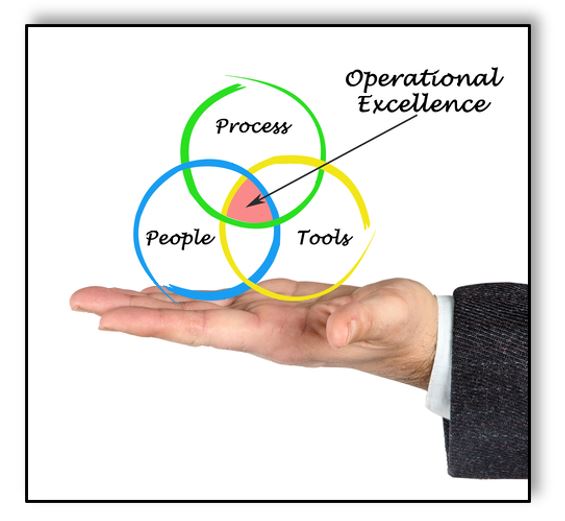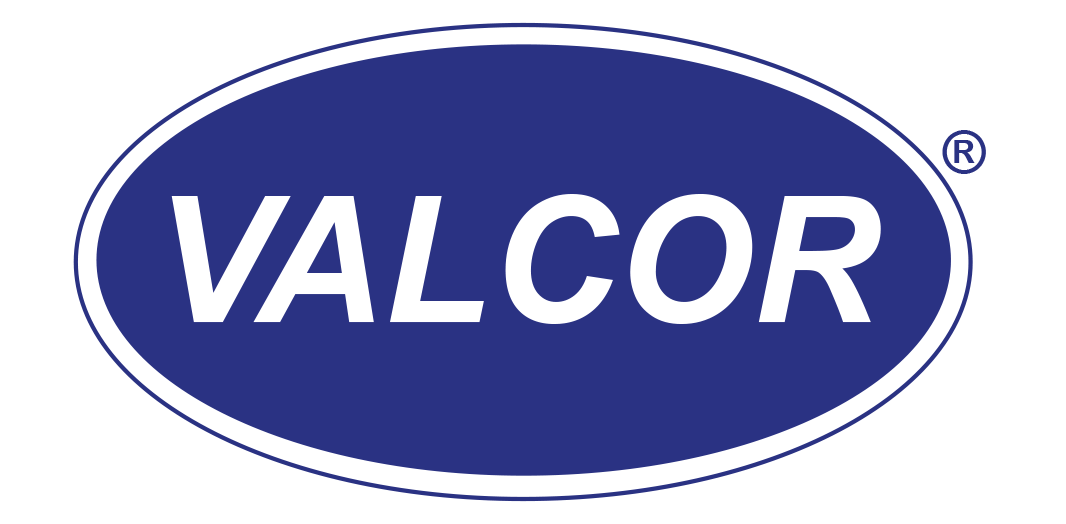 Operational Excellence is a relatively new tool in the corporate strategy toolbox. Tracing its formal beginnings to 1970s Japan, it is a philosophy and strategy designed to foster a corporate culture of continuous improvement in all aspects of the business. However, its roots go much deeper, as far back as the 1920s when Bell Labs developed Statistical Process Control (SPC), creating a wide array of tools still used today to monitor manufacturing quality including Run Charts, Control Charts, and the Design of Experiments. Dr. Edwards Deming, a recognized leader in advancing the tools of quality control techniques, embraced SPC, and was invited to postwar Japan to teach it to industry leaders as a tool for improving the quality of their products. Prewar Japan was known mostly for low-quality, low-price knock-off products but by the early 1960s, with Deming’s help and guidance, Japan was well on its way to becoming internationally recognized and respected for products of the highest quality, including automobiles, electronics, and photography equipment.
Operational Excellence is a relatively new tool in the corporate strategy toolbox. Tracing its formal beginnings to 1970s Japan, it is a philosophy and strategy designed to foster a corporate culture of continuous improvement in all aspects of the business. However, its roots go much deeper, as far back as the 1920s when Bell Labs developed Statistical Process Control (SPC), creating a wide array of tools still used today to monitor manufacturing quality including Run Charts, Control Charts, and the Design of Experiments. Dr. Edwards Deming, a recognized leader in advancing the tools of quality control techniques, embraced SPC, and was invited to postwar Japan to teach it to industry leaders as a tool for improving the quality of their products. Prewar Japan was known mostly for low-quality, low-price knock-off products but by the early 1960s, with Deming’s help and guidance, Japan was well on its way to becoming internationally recognized and respected for products of the highest quality, including automobiles, electronics, and photography equipment.
It was not until the mid-1980s that the US and Europe recognized that the sale of their products were losing ground to the intense market domination of Japan, and so embraced Dr. Deming’s teaching of SPC as a tool for quality improvement. The teachings of Dr. Deming rapidly became the framework for improving the quality of western-made products, particularly in the US. The use of the Kanban system of tools for lean manufacturing vastly improved the global competitive posture of companies who embraced them.
Congress gave US industry an incentive for quality improvement by creating the Malcom Baldrige Quality Award in 1987. To win an award (there are up to 18 given each year), a company or organization must demonstrate the use of self-assessment tools for improvement, and the implementation of them across the entire company. Congress’ motivation to create this award were twofold: to improve the quality of US made products and bolster an economy that was faltering as the US lost ground to foreign competition. The award is named after then Secretary of Commerce Malcom Baldrige, who was a huge proponent of the use of quality management by US business as a key to improving their global competitive position.
The concept of Operational Excellence began to take shape in Japan in the early 1970s as a tool for further achieving continuous improvement. It included the use of already-existing tools like Total Quality Management (TQM), Six Sigma, and Quality Circles (first described by Dr. Deming in his work with Japanese companies in the 1950s). These tools were largely focused on improving quality by way of controlling processes; but they neglected to address the involvement of the company as a whole. The evolution of Operational Excellence was designed to address the corporate culture, not just the Quality and Manufacturing groups. Operational Excellence was largely unknown in the US, but finally started to work its way into US corporate mindset in the 1980s. Around the same time, the International Standards Organization created the ISO 9000 program, taking a similar approach to address similar issues within a company as a whole. ISO 9000 is a much more rigid set of Quality Management Systems, requiring documentation of every process and the demonstration of adhering to the process steps. Using ISO-approved third-party ISO Certification Consultants, a company can be certified as ISO-9000 compliant.
Dr. Shigeo Shingo was a leading proponent of TQM, Just-In-Time (JIT) manufacturing, and Lean manufacturing. In recognition of his contributions to industry, the Jon S. Huntsman School of Business at Utah State University created the Shingo Prize for Operational Excellence. The Shingo Prize is the world’s highest standard for organizational excellence. The Shingo Prize and Shingo Medallions are awarded annually to companies that can demonstrate their success in identifying areas for improvement and the actions taken to achieve it. Established in 1988 as a way to recognize the contributions to Operational Excellence in the manufacturing sector, it has evolved to encompass all manner of businesses ranging from healthcare to insurance. The prize is open to all global companies and is typically awarded to two winners per year.
While there is no one definition of what Operational Excellence entails, it is generally regarded as the strategies and practices of continuous improvement espousing that all actions in the company are geared towards providing a product or service that meets or exceeds the customer’s expectations. Its core principals focus on the respect for every person in the company, leading with humility, and fostering use of scientific thinking and evaluation to generate decisions leading to improvement.
Unlike most companies of its size, Valcor has an entire team dedicated to Operational Excellence. This group was created over five years ago, and reports directly to the President and CEO, avoiding any conflict or undue influence from other departments. The team supports initiatives like identifying areas for improvement within the company, establishing new or revised processes or practices to address the areas for improvement, monitoring the results, and tweaking the processes as needed to ensure continual improvement. Inputs for projects and initiatives can come from company strategic objectives, employee or customer suggestions, and/or identification through internal Op Ex team evaluation.
To further embed the Operational Excellence program into the culture at Valcor, management created the Valcor Cultural Touchstones, a behavioral philosophy that starts with each employee being a good person and teammate, with an individual focus on ethics and integrity that leads to a group focus of mutual respect and trust. The Cultural Touchstones then define how to drive a winning attitude by fostering high energy performance, doing your job right the first time, and achieving constant success, then raising the bar for further improvement.
As Valcor continues its efforts to accelerate growth and achieve “One Team” at Valcor, a new position has been created to focus on achieving the company’s tactical objectives and strategic goals, while maintaining a culture that lives our values and cultural touchstones. The new position is Senior Director, Organizational & Strategic Development, reporting to the President and CEO. This person is responsible for helping the President to create and implement the company’s strategic objectives, leading the Operational Excellence team, supporting facility optimizations, fostering cross-organizational communications, and focusing on employee development and training. They also drive initiatives that align with the execution, efficiency, and facilitation goals of the company. These initiatives focus on the adoption of the seven points of Hoshin Kanri, the philosophy that aligns the creation and execution of all strategic goals and initiatives with the respect as to how they cascade down through the company and affect all aspects of it. This operating philosophy is designed to engage everyone in the company to participate in programs like Poka-Yoke, mistake-proofing their specific tasks. The long-term benefit is the creation of a lean, effective, and harmonious business poised for continuing solid top and bottom-line growth in the coming years.

Recent Comments